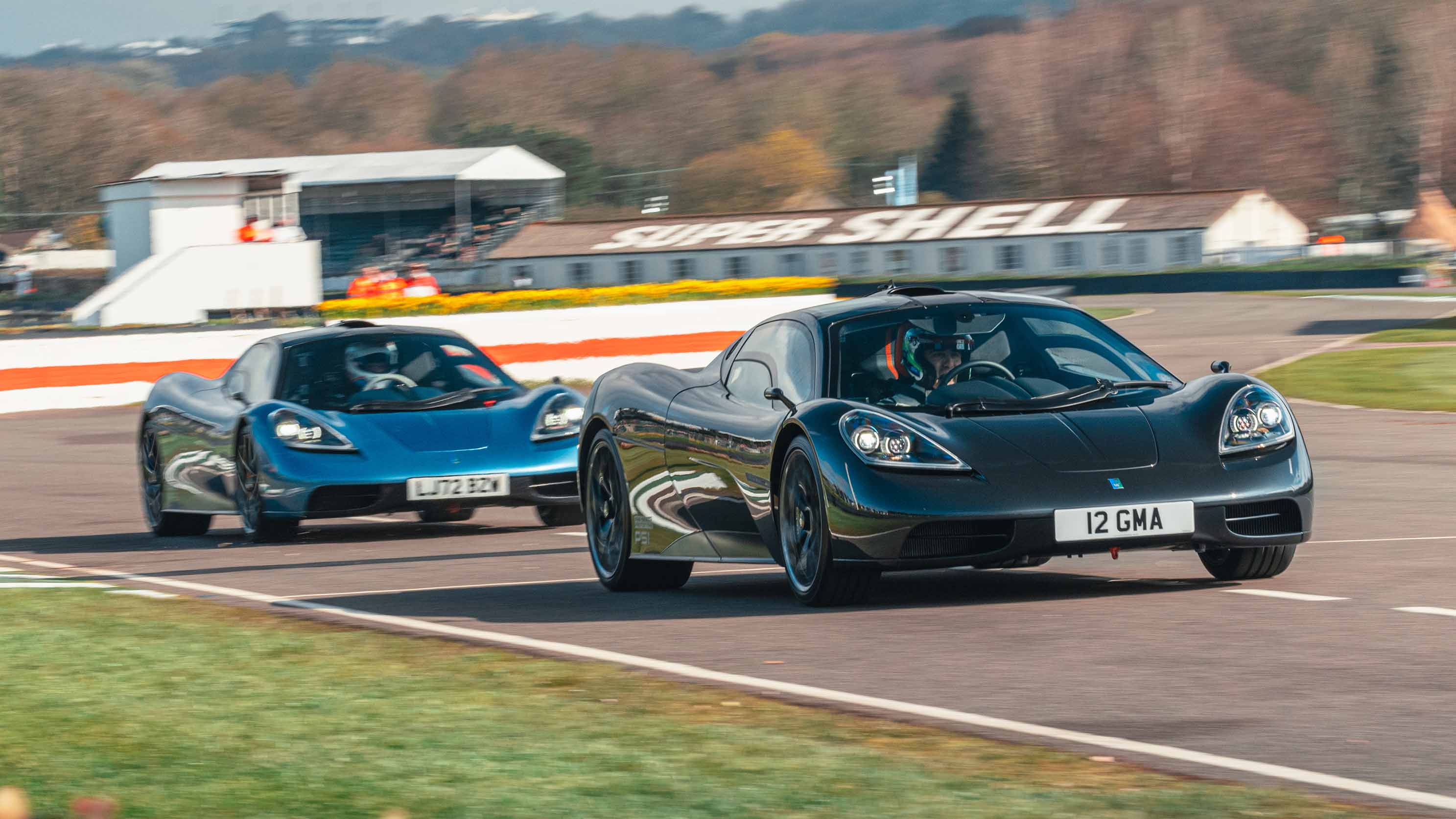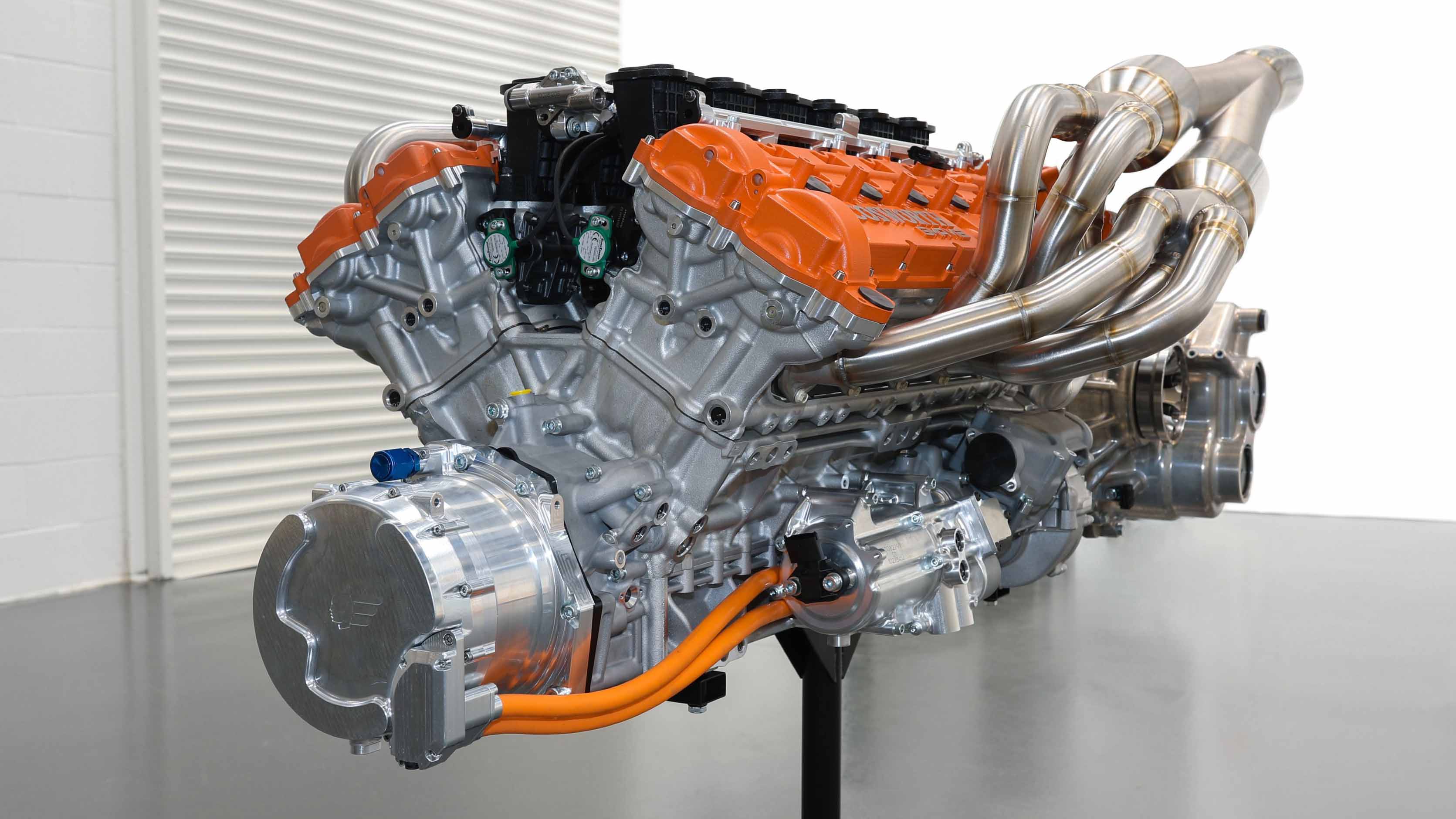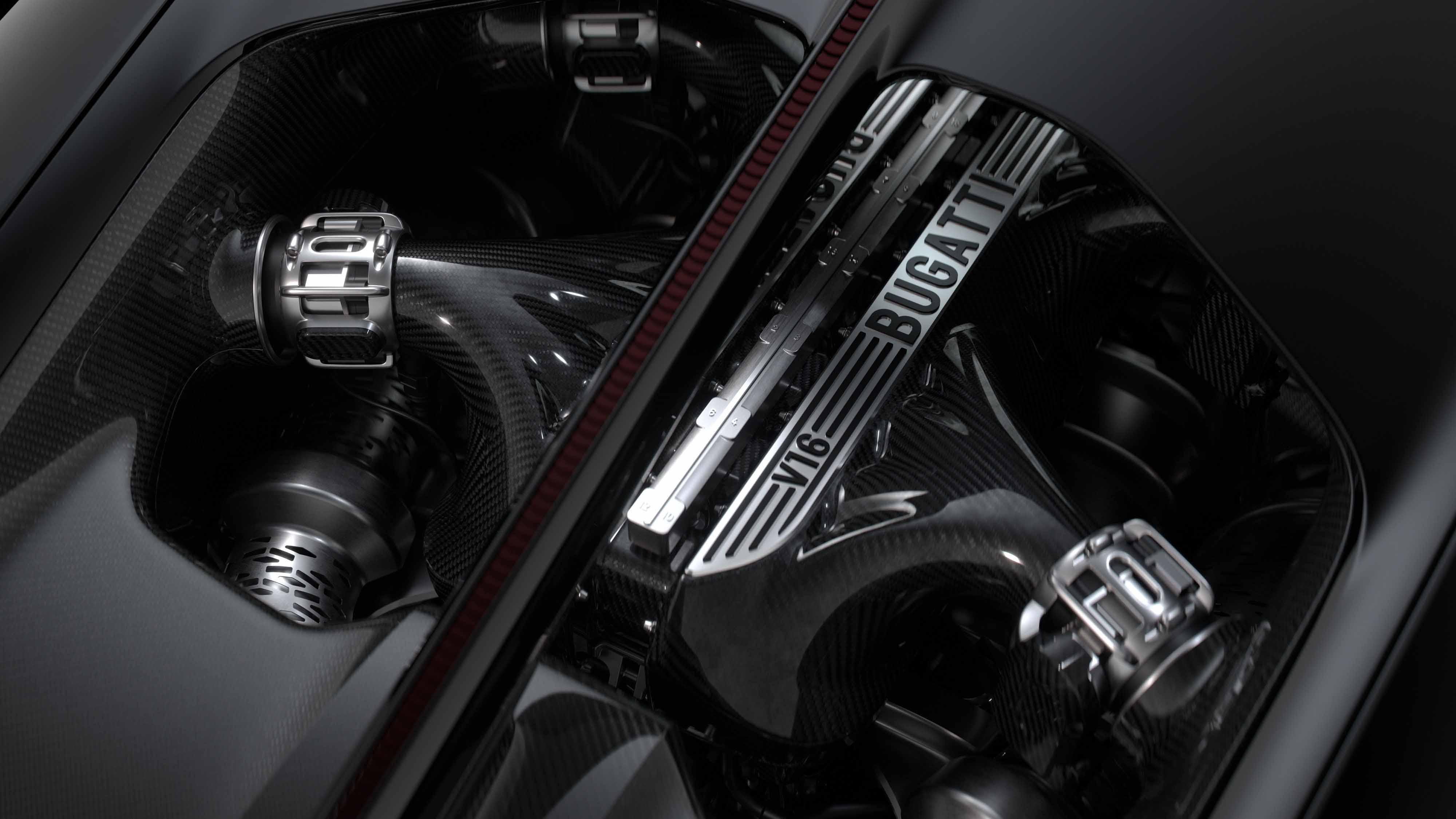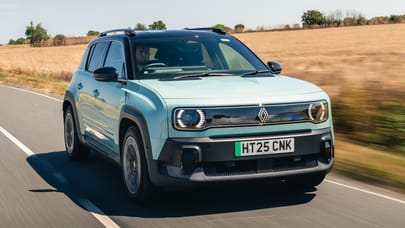
T.50 vs Valkyrie: how has Cosworth engineered two V12 supercars so differently?
Plus, the biggest challenge in building the Bugatti Tourbillon's V16
When you’re tasked with building the engines for two of the greatest V12 supercars of modern times, how do you limit the number of crossovers to ensure they have their own personalities? We’ve been talking to the commercial director of Cosworth's Northampton HQ, Chris Willoughby, to find out. And he ought to know since Cosworth built the engines for the T.50 and the Valkyrie.
“The customer always has a vision for their vehicle, and the engine specification flows down from that vision. With Gordon Murray, he wanted high engine speed and small capacity. Plus, lightweight and compact. The power-per-litre of the DFV engine, in its earliest guise, isn’t that much different to the T.50. And yet the GMA is emissions-compliant; you can start it on an icy morning or in 50-degree heat and go touring around Europe with it.
“It may have 664bhp, but the thing you never really get when you’re working on the dyno is, subjectively, how easy the engine is to drive. I think people expected, because it’s a high-speed engine, that driving it around town would be like riding a two-stroke motorbike where it would cough and bang and then light up at 6,000rpm and go. But that hasn’t been the case.
“The Valkyrie was originally meant to produce 950bhp, but we ended up over-engineering it. When we first got the development engines on the dyno, we saw there were areas where it could be optimised. So, with Aston’s approval, we cranked it up to 1,000 - far more than the T.50 has.
“But the T50’s engine weighs just 178kg (compared to the Valkyrie’s 206kg), so the approach is completely different. We couldn’t have any components in there that are just along for the ride. Everything has to be functional, so we analyse pretty much every component to make sure we aren’t carrying excess weight. A lot of people think these two cars share engines, and I’m sure there might be a screw or two that’s the same, but in reality everything else is different.”
Willoughby also mentioned that Murray was keen to “not compete with the Valkyrie” from the offset, instead, wanting to create an entirely different sort of experience altogether. Where the Valkyrie is much more single-minded and visceral, the T.50 has extra bandwidth to its uses - less Didier Drogba, more Frank Lampard. He also wanted to go with a lower displacement (3.9 litres) to honour the Lamborghini Miura, whereas the Valkyrie's twelve-pot clocks in at a hearty 6.5 litres.
And that brings us on to Cosworth's other recent big hitter: the Bugatti Tourbillon and its naturally aspirated 8.3-litre V16. On what Mate Rimac asked for in his hypercar, Willoughby said: “The Tourbillon engine is far different to what we usually make, because Bugatti wanted refinement above all else.
"It didn’t want a 12,000rpm screamer, but the envelope it’s pushed instead is engine length. Crankshafts can wind up like a piece of rubber, and the longer they get, and the more cylinders you attach, the more lively they wind up. The Tourbillon’s crankshaft is a metre long for some perspective, and one of the main challenges we had here was managing the torsional vibrations and making sure they didn’t become disruptive to the other components. So we’ve stuffed in a load of dampers to control it.”
And with those extra four cylinders also comes a lot more power than the other two - 1,775bhp to be exact (you can listen to it here). So we just had to ask: how much more power could theoretically be extracted?
“Old engines have a lot of headroom, that’s why you can put a stronger cylinder head on a Ford Anglia and find an extra 150bhp. It’s not quite that simple these days with modern engines. It’s a hard question to give an easy answer to, but we do need to have a development mindset with our engines. Everything can always be improved. There isn’t a washer or any other feature you couldn’t change that might make the engine more powerful.”
Top Gear
Newsletter
Thank you for subscribing to our newsletter. Look out for your regular round-up of news, reviews and offers in your inbox.
Get all the latest news, reviews and exclusives, direct to your inbox.
Perhaps we'll find out in the coming years. Oh, and here's a cool (but useless) car fact to leave you with: did you know that if you took the peak acceleration of a T.50 piston and subjected an object to that continuous speed, said object would be on the Moon in 20 seconds? That’s 238,855 miles covered in 20 seconds - or roughly 11,942 miles per second. If Willoughby’s correct, that means a T.50 piston can accelerate at just shy of 43 million miles per hour. Yep, very useless, but very much mind-blown.










